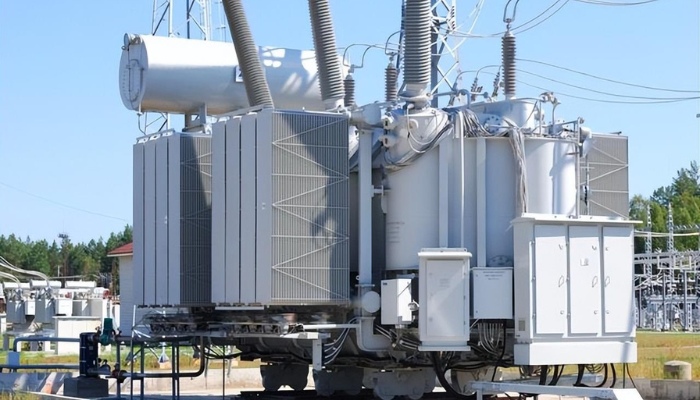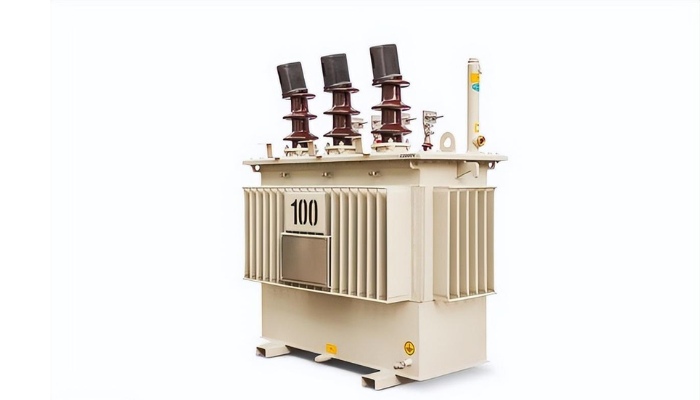Typical Impedance has the following main effects on power transformer & distribution transformers:


1. Efficiency: The overall efficiency of a transformer is influenced by its internal resistance and leakage inductance impedance. A lower impedance leads to smaller resistance and losses, thereby improving the efficiency of the transformer.
2. Load adjustment ability: The typical impedance of a transformer determines its stability and response ability when the load changes. A higher impedance may cause significant voltage fluctuations, while a lower impedance provides better load adjustment capability.
3. Short circuit current: The lower the impedance, the greater the short circuit current. Short circuit current refers to the amount of current flowing through a transformer when there is a short circuit at both ends of the transformer. A higher impedance can reduce short-circuit current, thereby improving the safety of the system.
4. Temperature rise: The impedance of a transformer is closely related to its load capacity and temperature rise. Higher impedance may lead to significant temperature rise, and better cooling measures are needed to maintain the normal operation of the transformer.
5. Harmonics: Impedance can also affect the harmonic response in the transformer. Lower impedance may lead to significant harmonic losses.
In summary, a typical transformer impedance is an important factor that affects the performance and operation of transformers. Reasonable selection of appropriate transformer impedance can improve the efficiency and stability of your transformers.
PowerTel & his dedicated engineers are able to provide you a custom design & fabrication of all types power transformer and distribution transformer to fit your electrical system.
Please feel free to contact us.
